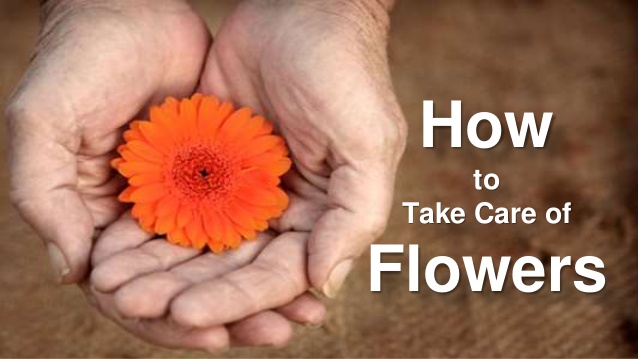Flower Care
Check your flowers daily
Keep the vase, container or liner filled with fresh water. Even if the container has floral foam, you should keep the water level high to promote long lasting flowers. The container’s water has a fresh flower food added to it. If you completely change the water, you should also thoroughly clean the container. Add fresh water mixed with a commercial fresh flower food. These flower foods prevent them from absorbing water, encourage buds to open, and lengthen the life of the bouquet. It’s one of the best—and easiest—ways to extend the life of your flowers, but be sure to follow the directions on the package correctly. Improperly mixed flower food can actually do more harm than good.
Re-cut their stems
Every few days re-cut the stems by removing 3/4″ to one inch from the bottom of the stem and be sure to cut the stem at an angle to allow the flower the best chance to take up water. Use a sharp knife, cutter or scissor. Avoid smashing or piercing the stems, as this can destroy the water vessels in the stem. Remove any blooms or foliage that falls below the waterline in the vase.
Change Water regularly
Be sure to clean the vase before refilling it with water mixed with the proper amount of fresh flower food. Be sure no debris is floating in the water (such as leaves and stem parts) as this could promote the growth of bacteria which can shorten a flower’s life.
Display them in a cool spot
Most flowers prefer cool temperatures and are best displayed away from direct sunlight, heating or arconditioning, direct fans, or on top of televisions or any heating elements, as these can cause flowers to dehydrate.
Plant Care
Orchid
Despite their elegant, graceful appearance, orchids aren’t difficult to care for.
Keep your orchid in a well-ventilated spot with partial shade, away from radiators, air conditioning, and strong drafts. To help maintain the right level of humidity, set the planter in a tray of pebbles and water so that the pot sits out of the water.
Orchids gain their water from the relative humidity in the atmosphere, they do not absorb water in a traditional way from the roots and soil. Orchids require a period of dormancy during the winter in order to bloom again in the spring, so allow it to rest in a sunny spot, and don’t water it at all during this time. When its blooms are gone, cut the spike an inch above the foliage, leaving the old canes in place.
Hydrangea
Place your hydrangea in a sunny, bright spot that receives indirect light, and keep its soil moist by watering it thoroughly and allowing excess water to drain. In the fall, allow it to rest and lose its leaves by placing it in a cool, dark location without water. In January, bring it out again to a spot with plenty of light, and it should bloom in time for spring.
Spathipyllum
These plants can wilt easily, so it’s important to keep the soil moist, providing good drainage and emptying excess water from trays or saucers to prevent their roots from rotting. Display them in a spot with bright, indirect light. Low light slows their blooming cycle, and too much direct sunlight may cause burn spots on their leaves.
Poinsettia
Keep the soil of your poinsettia moist and allow it to dry out only slightly in between waterings. Encourage new blooms by pinching off spent blossoms and adding plant fertilizer when it’s actively growing new buds or leaves.





